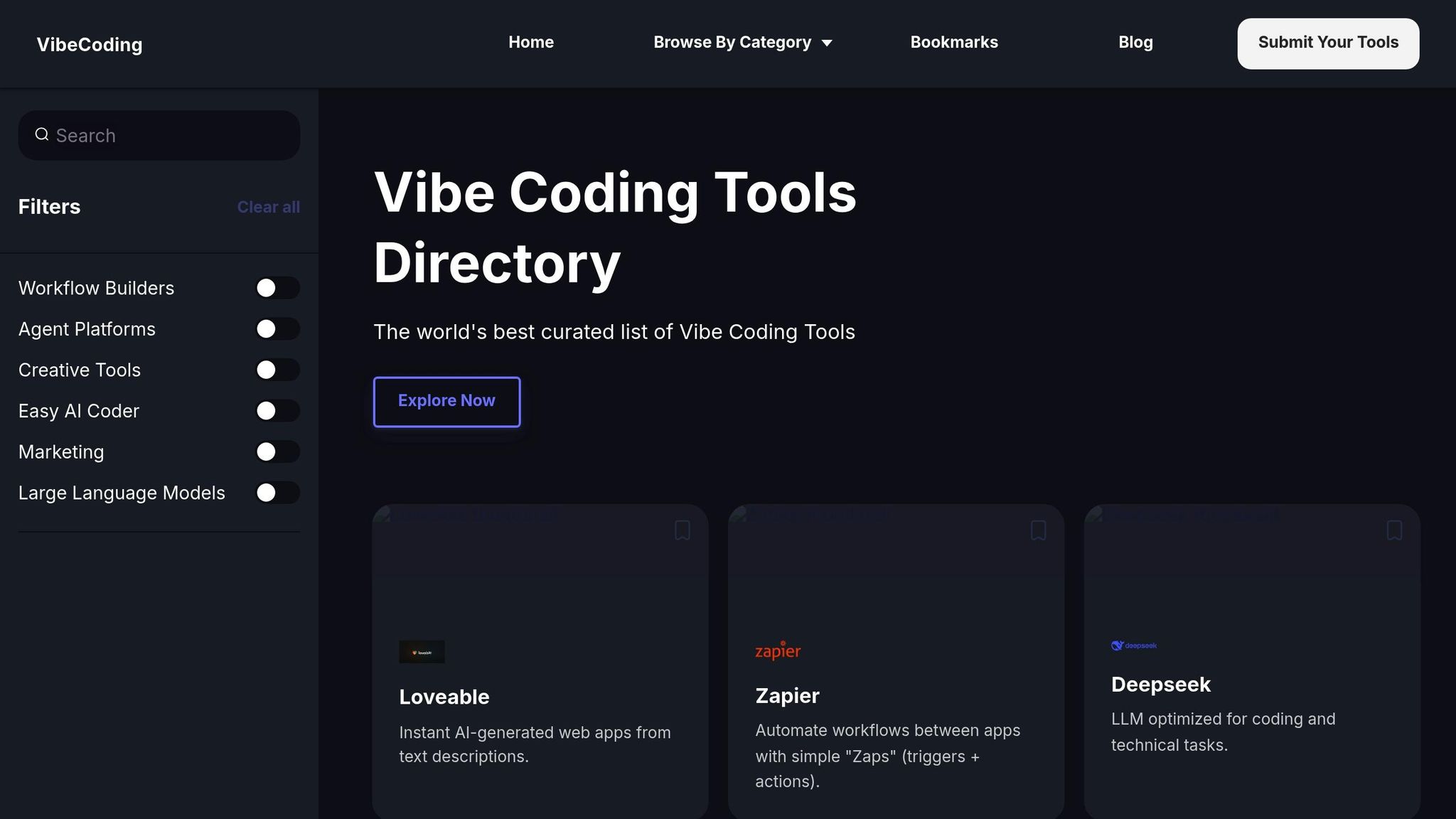Want faster, better results from AI? Start with better prompts. Prompt engineering means giving clear, detailed instructions to guide AI tools like GitHub Copilot or Cursor. This saves time by reducing revisions and improving accuracy. Here's how to make it work for you:
- Be specific: Instead of vague requests, include details like format, length, tone, and key points.
Example: "Write a 500-word blog post about renewable energy trends in 2025, focusing on solar and wind power developments in the U.S." - Test and refine: Start simple, review the output, and adjust for clarity or missing details.
- Use templates: Create reusable structures for tasks, like content creation or coding, to save time and ensure consistency.
Better prompts mean fewer edits, faster workflows, and more accurate results. Whether you're coding, writing, or brainstorming, clear instructions make AI tools work smarter for you.
Prompt engineering essentials: Getting better results from ...
What Makes Prompt Engineering Important
Prompt engineering involves designing prompts with clear requirements - spelling out objectives, preferred formats, and context - to guide AI responses toward your goals while cutting down on unnecessary revisions. By providing precise and detailed instructions, you can enhance the accuracy and relevance of AI-generated outputs, saving time and reducing the need for manual edits.
Up next, we’ll dive into effective prompt writing techniques that can streamline your workflow.
Key Prompt Writing Methods
Use these strategies to make your prompts clearer and save time.
Here are three ways to refine prompts for better results.
Writing Clear, Detailed Prompts
Be specific about what you want. For example, instead of saying, "create a blog post", try: "Write a 500-word blog post about renewable energy trends in 2025, focusing on solar and wind power developments in the United States." Include details like format, length, technical constraints, key points, and tone.
The more specific you are, the fewer revisions you'll need.
Testing and Improving Prompts
Start with a simple version of your prompt and evaluate the AI's response. Identify any issues or missing details. Then, adjust the prompt by adding clarity or rephrasing instructions.
Keep track of prompts that work well for similar tasks. If a prompt consistently delivers good results, note what made it effective.
Steps to refine prompts:
- Test an initial prompt and identify gaps.
- Review the output and list what needs fixing.
- Add more details or adjust the structure.
- Test again to ensure the changes improve the results.
Using Templates and Formats
Create templates with placeholders to streamline your work. These templates allow you to customize prompts quickly while maintaining structure.
For instance, a content creation template could look like this:
Create a [content type] about [topic]
Length: [word count]
Tone: [style]
Key points to cover:
1. [point 1]
2. [point 2]
3. [point 3]
Required elements:
- [element 1]
- [element 2]
These methods help reduce guesswork and improve efficiency.
sbb-itb-7101b8c
Time-Saving Benefits of Better Prompts
Everyday Task Examples
Well-thought-out prompts save time by delivering accurate results on the first try, cutting down on revisions. For instance, in content creation, structured prompts can quickly produce drafts for:
- Email replies
- Social media updates
- Meeting notes
- Code documentation
In coding, including details about language, functionality, and error handling right from the start simplifies development and reduces debugging time.
Now, let’s explore how basic and advanced prompts stack up in terms of efficiency.
Basic vs. Advanced Prompt Results
The quality of your prompt can make a big difference in output and the time spent revising:
-
Initial Accuracy
Advanced prompts often deliver precise results right away, while basic ones may require more tweaking. -
Fewer Revisions
Basic prompts usually need several rounds of edits to meet expectations, but advanced prompts often hit the mark with minimal adjustments. -
Context Carryover
Advanced prompts can retain context across multiple interactions, cutting down on the need to re-explain background details. -
Consistent Formatting
Clear instructions about structure and style allow advanced prompts to produce content that’s consistently formatted.
Using reusable templates that strike a balance between structure and flexibility can further save time. Investing effort into crafting better prompts upfront ensures reliable outputs and smoother workflows.
Learning Resources for Prompt Engineering
Once you've got the hang of prompt techniques, use these resources to expand your expertise.
Vibe Coding Tools Directory

This directory offers tools and learning materials designed to improve your ability to interact with AI effectively:
Tool Collection
- GitHub Copilot, Cursor, and other AI-powered coding assistants.
Learning Resources
- Tutorials for beginners.
- A "Vibe Coding 101" course tailored for those just starting out.
- Project-based guides to demonstrate prompt engineering in action.
- Advanced materials covering AI integration and practical applications.
These resources focus on building strong prompts while introducing users to AI tools and practical workflows. The directory prioritizes hands-on learning, taking you from the basics to more complex applications.
Conclusion
Prompt engineering has the power to streamline how we interact with AI, turning lengthy tasks into quick, efficient processes. To put these methods into action, check out the Vibe Coding Tools Directory. It’s packed with resources like AI-powered coding tools and tutorials to help you get started.
